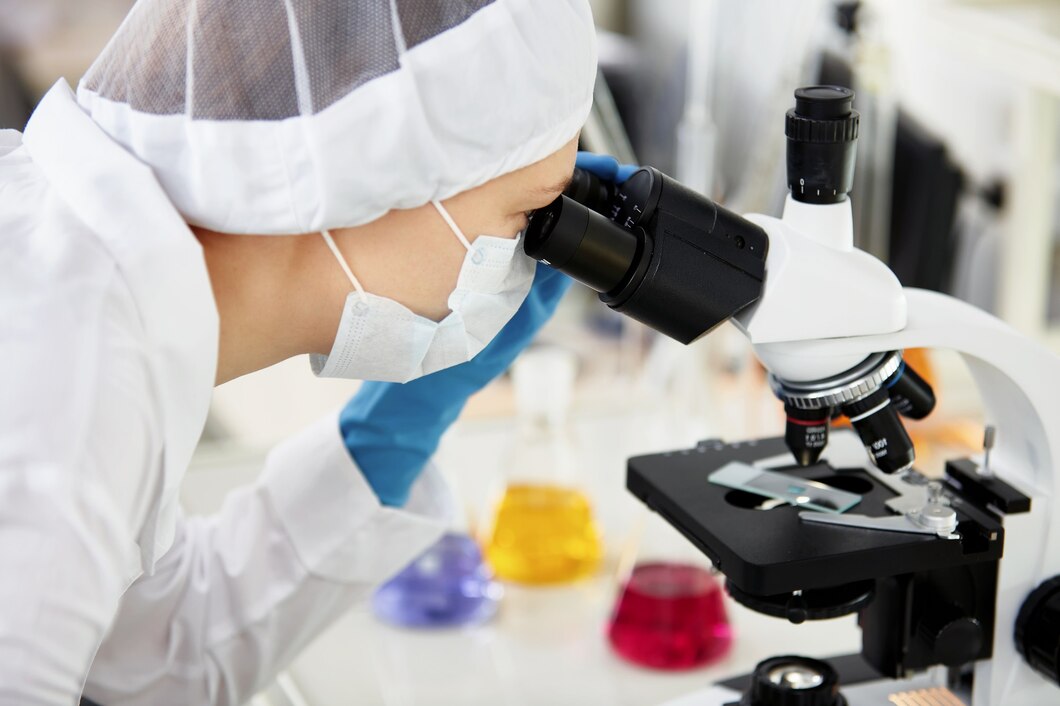Biotechnology has become one of the major breakthroughs in various fields, including dental and oral health. Gum care and the health of supporting tooth tissues are crucial aspects of overall oral health. Periodontal disease, which affects the gums and supporting tissues of the teeth, not only impacts dental health but can also contribute to more serious health problems. Therefore, innovative approaches in the treatment and care of gums are necessary, and biotechnology has emerged as a potential solution.
In the context of gum care, biotechnology offers several methods that can repair and regenerate damaged tissues. For instance, the use of biomaterial-derived substances from cells can support the regeneration of lost periodontal tissues. Additionally, microencapsulation techniques allow for the precise delivery of medication to affected areas in optimal doses, improving the effectiveness of treatments. By leveraging these technological advancements, patients can experience significant improvements in their gum health.
Furthermore, one of the latest biotechnological innovations is the use of stem cells. Research shows that stem cells have the ability to regenerate tissue, meaning they can be used to develop new therapies for treating periodontal disease. By utilizing stem cells, there is potential to regenerate the lost gum tissue and the bone supporting the teeth. This approach offers new hope for many patients suffering from gum disease.
In addition, biotechnology plays a vital role in the prevention of gum disease. The development of biotechnology-based vaccines can help enhance the body’s immune response to bacteria that cause gum infections. By preventing infections early on, we can reduce the prevalence of periodontal disease in society. This preventive approach has the potential to change the way we view dental and oral health, shifting from a reactive to a preventive model.
However, challenges remain despite the many potentials that biotechnology offers in gum care and supporting tooth tissues. Cost, accessibility, and strict regulations pose barriers to the application of these techniques in practice. Therefore, it is essential for researchers and dental health practitioners to continue collaborating to generate innovations that are not only effective but also affordable for the wider population.
In conclusion, biotechnology in gum care and supporting tooth tissue opens up many promising new possibilities. With the right approach, we can improve the quality of dental healthcare and provide hope for individuals experiencing gum problems. Support from various sectors is needed to realize this potential so that all can access this technology, ensuring optimal dental and oral health.
By continuing to explore the field of biotechnology, we hope to find innovative solutions to existing problems and improve the quality of life for the public through better healthcare. This also supports the achievement of Sustainable Development Goals (SDGs), particularly SDG 3: Good Health and Well-being, and SDG 9: Industry, Innovation, and Infrastructure.
Author: Rizky B. Hendrawan | Photo: Freepik



